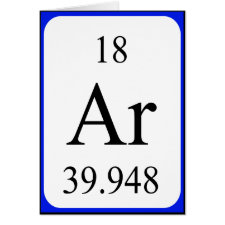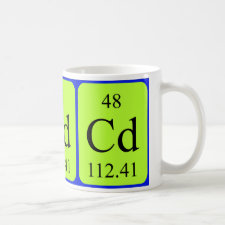
Authors: Elsayed NH, Monier M, Alatawi RAS
Article Title: Thiosemicarbazide-modified/ion-imprinted phenolic resin for selective uptake of cadmium ions.
Publication date: 2021
Journal: Materials Chemistry and Physics
Volume: 264
Article Number: 124433.
DOI: 10.1016/j.matchemphys.2021.124433
Alternative URL: https://www.sciencedirect.com/science/article/pii/S0254058421002169
Abstract: Cd(II)-imprinted Cd(II) resin obtained from a thiosemicarbazide derivative of salicylic acid was prepared and evaluated for selective uptake of Cd(II) ions. In the beginning, the thiosemicarbazide derivative of salicylic acid (H2TCS) was developed as a functional ligand that was then coordinated with Cd(II) ions to obtain the Cd-complex [CdTCS(H2O)3]. After the full investigation of the ligand and its complex, they copolymerized with resorcinol in presence of formalin, and the obtained resinous material was eluted with 0.1 M HNO3 solution to extract the polymer incorporated Cd(II) ions and finally produce the Cd(II) ions selective Cd-RTCS sorbent. The maximum cadmium ions capacity by the Cd-RTCS reached 164 ± 1 mg/g, which could be a relatively high and promising value. Also, the adsorption isotherms were interpreted better with the Langmuir model. In addition, the Cd(II) sorption using Cd-RTCS was tested in a competitive medium of Pb(II), Ni(II), Zn(II), and, Cu(II) ions and the results indicated a considerable selectivity toward the Cd(II) ions over the coexisted metals
Template and target information: cadmium ion, Cd(II)
Author keywords: Thiosemicarbazide, Salicyloyl hydrazide, Cadmium (II) ions, Ion-imprinting



Join the Society for Molecular Imprinting

New items RSS feed
Sign-up for e-mail updates:
Choose between receiving an occasional newsletter or more frequent e-mail alerts.
Click here to go to the sign-up page.
Is your name elemental or peptidic? Enter your name and find out by clicking either of the buttons below!
Other products you may like:
 MIPdatabase
MIPdatabase









